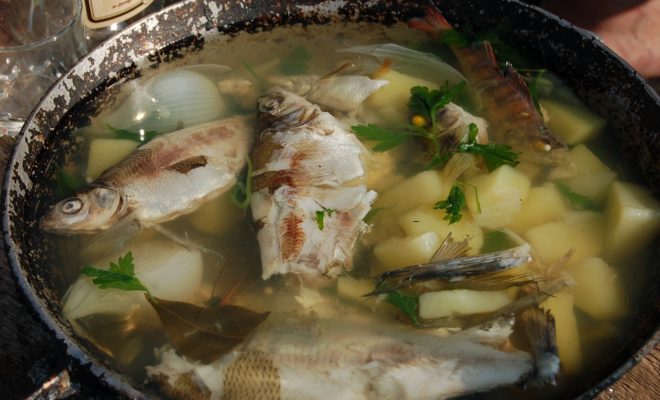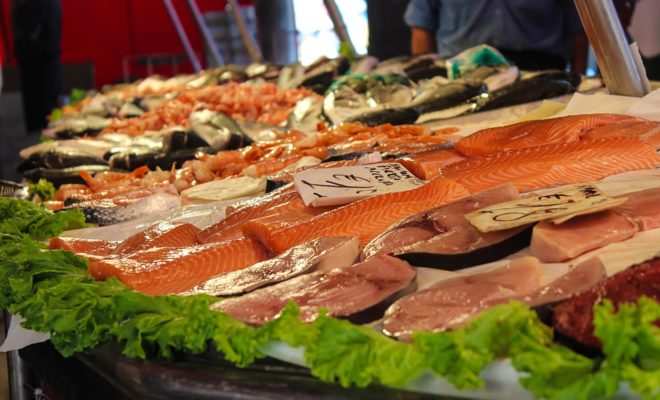IMPORTANCE OF FOOD ELEMENTS

Fats are found in both creature and vegetable nourishments. Of creature fats, margarine and suet are normal illustrations. In vegetable shape, fat is inexhaustible in nuts, peas, beans, in different of the grains, and in a couple natural products, as the olive. As outfitted by nature in nuts, vegetables, grains, organic products, and drain, this component is constantly found in a condition of fine subdivision, which condition is the one best adjusted to its processing. As most ordinarily utilized, as free fats, as margarine, fat, and so forth., it is troublesome of assimilation itself, as well as frequently meddles with the absorption of the other sustenance components which are blended with it. It was surely never expected that fats ought to be so adjusted from their characteristic condition and isolated from other sustenance components as to be utilized as a different article of nourishment. The same might be said of alternate carbonaceous components, sugar and starch, neither of which, when utilized alone, is fit for supporting life, despite the fact that when joined in an appropriate and regular way with other nourishment components, they play out a most essential part in the sustenance of the body. Most nourishments contain a rate of the mineral components. Grains and drain outfit these components in plenitude. The cellulose, or woody tissue, of vegetables, and the grain of wheat, are cases of unpalatable components, which in spite of the fact that they can’t be changed over into blood in tissue, fill an imperative need by offering mass to the nourishment.
Except for gluten, none of the sustenance components, when utilized alone, are equipped for supporting life. A genuine sustenance substance contains some of all the nourishment components, the measure of each changing in various nourishments.
Employments of the nourishment components
– –
Concerning the reason which these distinctive components serve, it has been shown by the trials of famous physiologists that the carbonaceous components, which all in all include the more prominent greater part of the nourishment, fill three needs in the body;
1. They outfit material for the generation of warmth;
2. They are a wellspring of drive when brought regarding other nourishment components;
3. They renew the greasy tissues of the body. Of the carbonaceous components, starch, sugar, and fats, fats deliver the best measure of warmth in extent to amount; that is, more warmth is created from a pound of fat than from an equivalent weight of sugar or starch; however this clear favorable position is more than offset the way that fats are considerably more troublesome of processing than are alternate carbonaceous components, and if depended upon to outfit satisfactory material for substantial warmth, would be profitable of much devilishness in exhausting and delivering malady of the stomach related organs. The way that nature has made an a great deal more sufficient arrangement of starch and sugars than of fats in man’s normal eating routine, would appear to demonstrate that they were planned to be the central wellspring of carbonaceous nourishment; in any case, fats, when taken in such extent as nature supplies them, are vital and critical sustenance components.
The nitrogenous sustenance components particularly feed the cerebrum, nerves, muscles, and more exceptionally vitalized and dynamic tissues of the body, furthermore serve as a boost to tissue change. Henceforth it might be said that a nourishment inadequate in these components is an especially poor sustenance.










